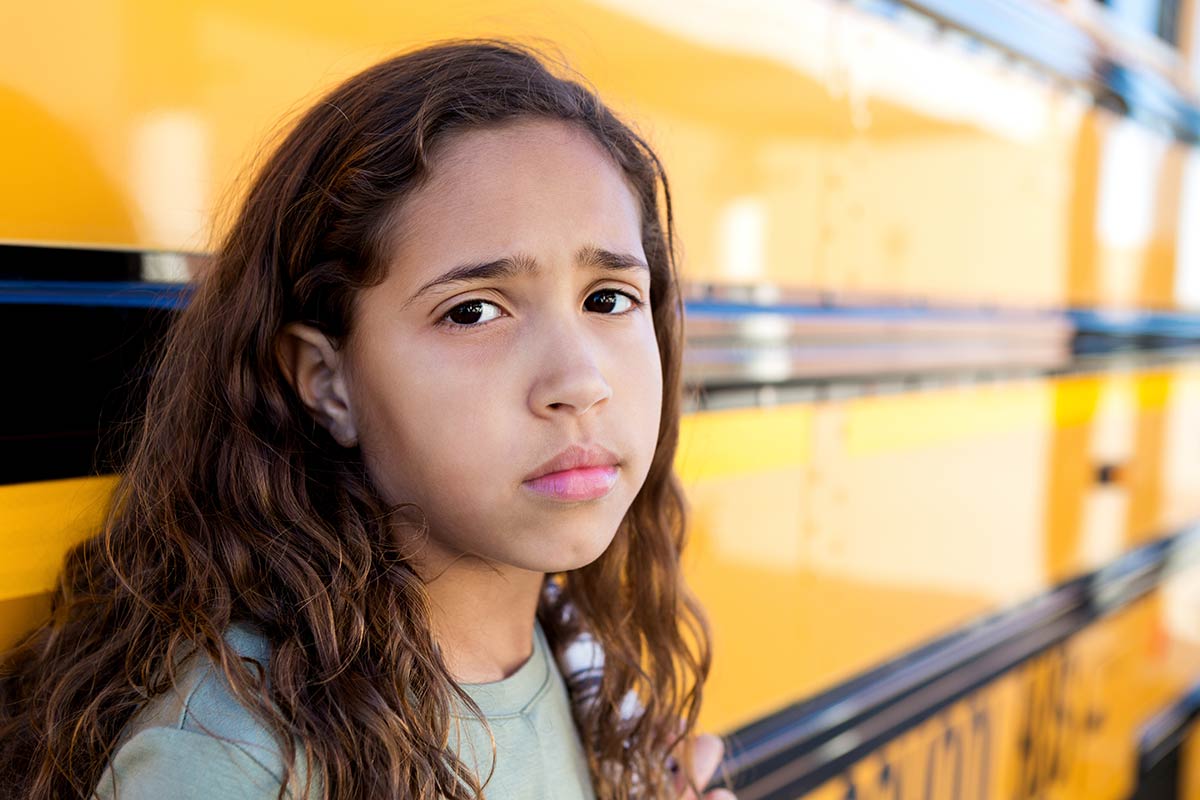If you’re a mandated reporter legally required to report suspected instances of child abuse and neglect, you may be wondering how the Child Welfare System works and what happens after you make your report.
How Does the Child Welfare System Work?
The Child Welfare System is a group of services designed to promote the well-being of children by ensuring safety, achieving permanency, and strengthening families.
The primary responsibility for child welfare services rests with the States; however, the Federal Government supports States through program funding and legislative initiatives.
The Children’s Bureau within the U.S. Department of Health and Human Services Administration for Children and Families is primarily responsible for implementing Federal child and family legislation.
The Children’s Bureau works with State and local agencies to develop programs to prevent child abuse and neglect. It also focuses on strengthening families, protecting children from further maltreatment, reuniting children safely with their families, and finding permanent families for children who cannot safely return home.
Most families first become involved with the child welfare system because of a report of suspected child abuse or neglect, also called “child maltreatment.”
CAPTA defines child maltreatment as serious harm (e.g., physical abuse, sexual abuse, emotional abuse, neglect) caused to children by parents or primary caregivers, such as extended family members or babysitters. Child maltreatment can also include harm that a caregiver allows or does not prevent.
Child welfare agencies generally do not intervene in cases of harm to children caused by acquaintances or strangers. These cases are usually the responsibility of law enforcement.
Child welfare systems typically take the following actions:
- Investigate reports (receive and investigate reports of possible child abuse and neglect)
- Support families (provide prevention services to families that need assistance protecting and caring for their children to prevent entry into foster care)
- Provide temporary safe shelter (arrange for children to live with kin or foster families when they are not safe at home)
- Seek to return children to their families when safety has improved or find other permanent arrangements (arrange for reunification, adoption, or other permanent family connections for children leaving foster care)
What Happens When Suspected Child Abuse is Reported?
Any concerned person can report suspicions of child abuse or neglect. Most reports, however, are made by mandated reporters — individuals required by State law to report suspicions of child abuse and neglect. CPS workers generally receive these reports and determine if there is sufficient information to suggest an investigation.
If an investigation is warranted, CPS caseworkers respond within a few hours to a few days, depending on:
- the type of maltreatment alleged
- the potential severity of the situation
- requirements under State law
They may speak with the parents and other people in contact with the child, such as doctors, teachers, or child-care providers. They also may speak with the child, alone or in the presence of caregivers, depending on the child’s age and level of risk. Children who are believed to be in immediate danger of continued maltreatment may be moved to a shelter, a foster home, or a relative’s home during the investigation and while court proceedings are pending.
The caseworker also engages the family to assess their strengths and needs and initiate connections to community resources and services.
At the end of the investigation, CPS caseworkers typically make one of two findings—unsubstantiated (unfounded) or substantiated (founded). (These terms vary from State to State.)
Typically, a finding of unsubstantiated means there is insufficient evidence for the caseworker to conclude that the child was abused or neglected or that what happened does not meet the legal definition of child abuse or neglect.
A finding of substantiated maltreatment typically means that an incident of child abuse or neglect, as defined by State law, is believed to have occurred.
To protect the child, the court can issue temporary orders placing the child in shelter care during the investigation, ordering services, or ordering certain individuals to have no contact with the child. Later, at an adjudicatory hearing, the court hears evidence and decides whether maltreatment occurred and whether the child should be under the court’s continuing jurisdiction.
What Happens in a Substantiated Case of Child Abuse?
Suppose a report of abuse or neglect is substantiated. In that case, the next steps for the child and parent depend on a variety of factors, including:
- State or local policy
- severity of the maltreatment
- assessment of the child’s immediate safety
- the perceived risk of continued or future maltreatment
- services available to address the family’s needs
- whether the maltreatment prompted the child’s removal from the home and/or a protective court action
When a report is substantiated due to a court hearing, the court may enter a disposition ordering a parent to comply with services necessary to alleviate the abuse or neglect. Orders can also contain provisions regarding visitation requirements between the parent and the child, agency obligations to provide the parent with services, and services the child needs.
Child welfare aims to promote the well-being, permanency, and safety of children and families by helping families care for their children successfully or, when that is not possible, helping them find permanency with kin or adoptive families. Among children who enter foster care, most will return safely to the care of their own families or go to live with relatives or an adoptive family.



